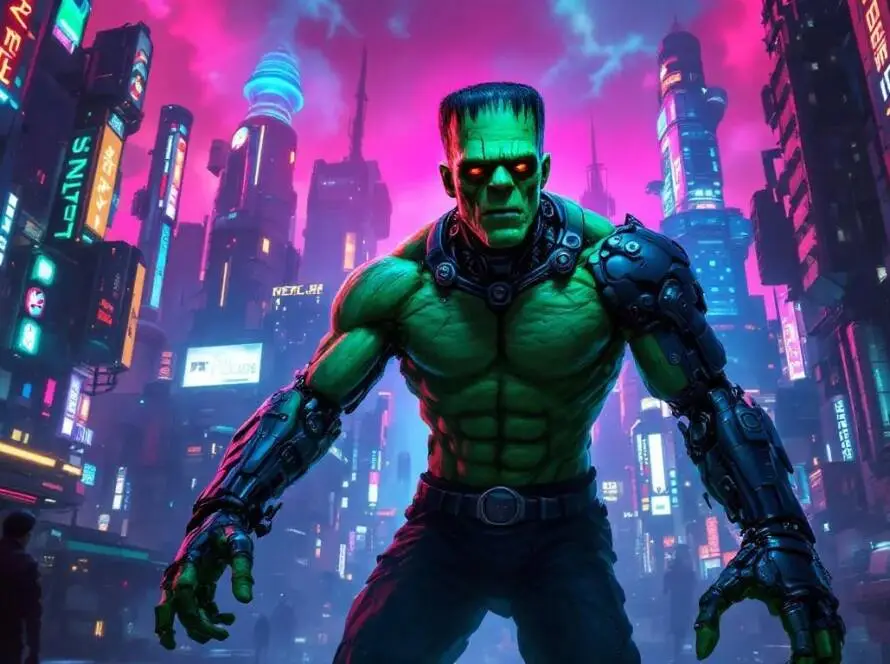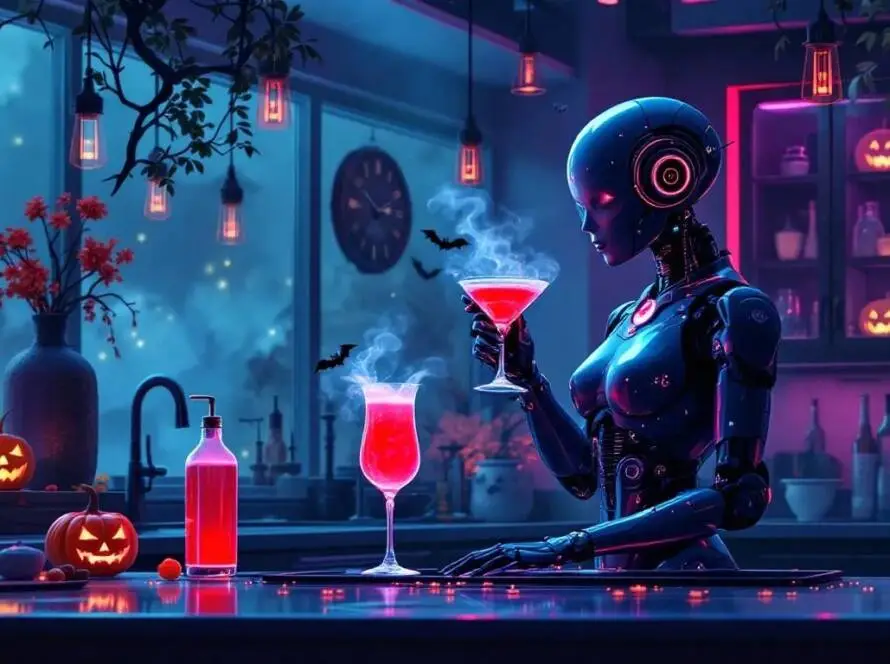Stardate: 1964
“The Last Man on Earth” is a 1964 science fiction horror film directed by Ubaldo Ragona and Sidney Salkow. Adapted from Richard Matheson’s influential 1954 novel “I Am Legend,” this film stars Vincent Price in the lead role and is a notable entry in the canon of post-apocalyptic cinema. The film’s exploration of isolation, survival, and the human condition, set against a backdrop of horror, resonates deeply with audiences, making it a noteworthy piece in cinematic history.
Plot Summary
Set in a grim post-apocalyptic world, “The Last Man on Earth” unfolds in the wake of a pandemic that has annihilated a significant portion of humanity, transforming the remnants of civilization into vampiric creatures. Vincent Price portrays Dr. Robert Morgan, the seemingly last human survivor. As the story progresses, we witness Morgan’s harrowing daily routine. By day, he scavenges for supplies and strives to maintain a semblance of normalcy amid the chaos of a world overrun by creatures who were once human.
Morgan’s life is a haunting reflection of despair and loneliness. With the streets filled with those turned into bloodthirsty beings, he spends his nights fortifying his home against them —a tangible manifestation of his struggle for survival. The film delves deeper into Morgan’s psyche, showcasing his emotional unraveling as he grapples with the haunting memories of his past—from the early days of the outbreak to the loss of his loved ones.
The narrative weaves a complex tapestry of flashbacks, illustrating both his life before the apocalypse and his efforts to confront the new reality. These scenes probe the themes of isolation and mortality, revealing how the human spirit can endure even in the bleakest circumstances.
Themes and Style
The film is rich in themes surrounding isolation, survival, and the essence of humanity. Morgan serves as a metaphor for existential despair as he navigates a landscape devoid of human connection. The psychological toll of being the last human alive is palpable. The film forces viewers to question their own humanity as Morgan struggles to maintain his sanity amid a backdrop of horror.
The stark black-and-white cinematography amplifies the film’s oppressive atmosphere, immersing audiences in the desolation of Morgan’s world. This choice of visual style contrasts sharply with the vibrant life he once knew, enhancing the emotional weight of his solitude. Price’s compelling performance breathes life into the character, showcasing his inner turmoil with a depth that resonates powerfully. The isolation he feels is not only physical but also emotional, highlighting the profound effects of loneliness.
Reception and Legacy
Upon its release, “The Last Man on Earth” received mixed reviews, with some critics lauding its existential narrative while others found it lacking in excitement. However, over time, it has cultivated a cult following. Many contemporary viewers appreciate the film’s thought-provoking nature and Vincent Price’s magnetic performance, which capture the essence of despair and resilience.
The film’s influence on the zombie and post-apocalyptic genres is impossible to overlook. It laid the groundwork for later adaptations of Matheson’s novel, such as “The Omega Man” (1971) and “I Am Legend” (2007). Each adaptation interprets Matheson’s exploration of what it means to be human in a world turned upside down, but “The Last Man on Earth” stands out for its raw emotional depth and psychological insights.
Overall, “The Last Man on Earth” remains a significant entry in the science fiction horror genre. Its exploration of existential themes, along with its influence on subsequent films, reinforces its status as a cinematic milestone. Through its poignant storytelling and haunting atmosphere, the film continues to resonate with audiences, inviting reflection on survival, isolation, and the human experience in a desolate world.
Viewing Options
You can watch “The Last Man on Earth” on various platforms, including:
- Internet Archive: Offers free streaming and downloads of the film.
- YouTube: Many versions of the film are available for free viewing.
This film remains a significant achievement in cinema history, celebrated for its artistic innovation and exploration of psychological horror.
Disclaimer:
The information provided in this blog is for informational purposes only and should not be considered professional advice. While we strive to provide accurate and up-to-date information, we make no guarantees about the completeness or reliability of the content. Any actions you take based on the information in this blog are at your own risk. Additionally, this blog may contain affiliate links, and we may earn a commission from purchases made through those links.


